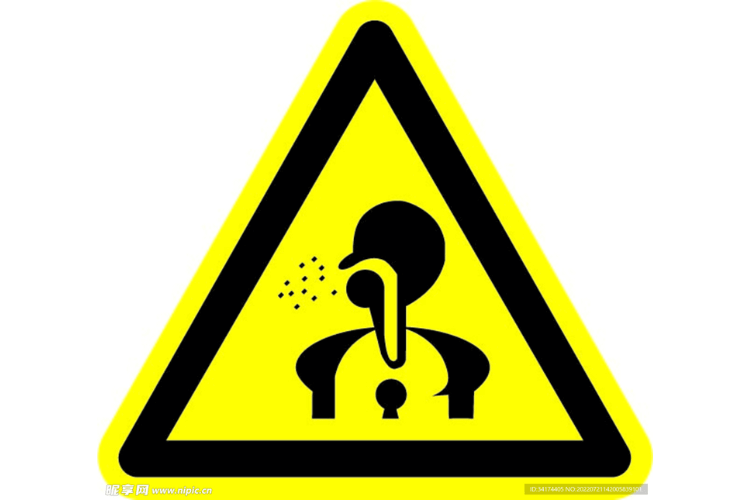
Choking hazards pose a significant risk, particularly to young children, and highlight the importance of designing safe products and providing clear warnings. From toys to food packaging, these warnings are not just about regulatory compliance but also about safeguarding lives. By understanding the scope of choking hazards, manufacturers and consumers can work together to reduce incidents and protect vulnerable populations.
This article explores the critical role of choking hazard warnings, from their definition to the regulatory standards that guide them and offers insights into how thoughtful design and labeling can effectively prevent accidents.
Understanding Choking Hazards
A choking hazard is any object small enough to obstruct a person's airway. Children under 3 years old are especially vulnerable due to their narrow airways and natural tendency to explore by mouthing objects. While specific regulations help limit these risks, understanding the types of choking hazards is key to prevention.
What Are Common Choking Hazards?
Choking hazards include items such as:
- Small parts from toys (e.g., detachable buttons, small building blocks)
- Household objects (e.g., buttons, coins, batteries)
- Food items (e.g., whole grapes, hot dogs, nuts)
For example, whole grapes or sliced hot dogs can easily block a child’s throat if not altered (e.g., cutting them into smaller, safer pieces). Similarly, toy parts that detach easily during play often contribute to incidents.
Why Are Children Under 3 at Higher Risk?
Children under the age of 3 face a greater risk because:
- Their airways are smaller and more prone to obstruction.
- They explore their environment orally, often placing unfamiliar objects in their mouths.
- They lack the motor control needed to remove lodged items effectively.
This is why stringent regulations like the Small Parts Ban focus heavily on items marketed for this age group, demanding strict adherence to safety standards.
The Role of Design in Preventing Choking Incidents
Innovative and thoughtful design is one of the most effective ways to mitigate choking risks. Manufacturers can reduce hazards by considering product size, shape, and functionality without compromising usability or enjoyment.
Designing Safer Toys
Toy manufacturers must follow guidelines, such as the small parts test cylinder, which replicates the size of a young child’s throat. Any component that fits within this cylinder is considered a choking hazard.
For example:
- Rattles and teething rings are designed without small detachable parts.
- Building blocks for toddlers are more significant and rounded to avoid creating sharp edges or choking risks.
Innovations in the Food Industry
Food products like candies, nuts, and hot dogs have evolved in design to minimize choking risks. Examples include packaging that advises parents to slice certain foods into smaller pieces or engineering dissolvable candies that melt upon contact with saliva.
Securing Hazardous Components
Other industries, like electronics, have adopted strict measures. For instance, button batteries, which pose choking and chemical burn risks, now include child-resistant compartments. Devices such as remote controls and toys that use these batteries must meet these safety standards.
Labeling and Consumer Awareness
Proper labeling is critical for warning consumers about choking hazards and empowering them to make informed decisions. Labels are not merely regulatory requirements but also vital communication tools that can prevent accidents.
What Does Choking Hazard Labels Include?
Labels should be:
- Clear and concise with warnings like "Not suitable for children under 3 years."
- Accompanied by symbols that catch consumer attention, such as exclamation marks or age-appropriate graphics.
- Written in simple language suitable for a broad audience.
For example:
- Toy packaging for children aged 4+ often carries a note stating, "Warning! Contains small parts."
- Food products for young families might include slicing or preparation suggestions to minimize risks.
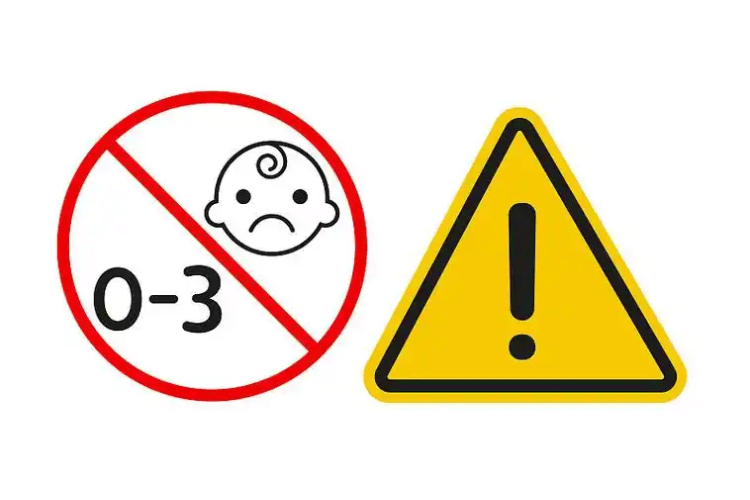
Not suitable for children under 3 years.
Empowering Consumers with Information
Clear safety labeling ensures parents recognize potential risks before purchase. These labels may also share usage advice, such as cutting food into smaller chunks or supervising play involving older children’s toys.
Regulatory Compliance and Industry Standards
Regulatory compliance is critical to uphold safety standards and avoid penalties. Organizations such as the U.S. Consumer Product Safety Commission (CPSC) play a fundamental role in enforcing these rules and maintaining public safety.
U.S. Regulations
The Small Parts Ban, overseen by the CPSC, prohibits the sale of products for children under 3 that contain detachable elements fitting the small parts test cylinder. Non-compliance can result in:
- Costly recalls
- Legal penalties
- Irreparable damage to brand reputation
Additional guidelines include proper hazard labeling under the Consumer Product Safety Improvement Act (CPSIA).
International Standards
Other countries enforce similar restrictions, such as the European Toy Safety Directive, which requires warning labels in multiple languages. While standards vary, manufacturers targeting global markets must align with overlapping requirements to ensure consistency.
Frequently Asked Questions
Q: What is the key purpose of a choking hazard warning?
A choking hazard warning alerts consumers to small objects that may block airways, particularly in young children. Its purpose is to help caregivers choose safer products and supervise their use effectively.
Q: What standard defines "small parts" in products?
Small parts are identified using a standardized test cylinder replicating a child's throat size; any component that fits inside is classified as hazardous under CPSC*16 C.F.R. regulations.
Q: How are food-related choking risks addressed in labeling?
Food products often highlight preparation instructions. For instance, labels might recommend cutting grapes or hot dogs into small chunks and avoiding hard candies for children under 4.
Q: Are penalties applied to companies failing to comply with safety regulations?
Yes. Non-compliance can lead to recalls, fines, and even legal proceedings. Companies have faced significant financial losses and reputational harm due to non-adherence.
Q: What can consumers do to ensure child safety?
Parents and caregivers should:
- Read labels carefully.
- Avoid giving young children objects that are not suitable for their age.
- Supervise playtime and periodically inspect toys for wear and tear.
Conclusion
Choking hazard warnings are more than an industry requirement; they are a public safety tool designed to save lives. From toys and foods to electronics and labeling practices, reducing choking hazards involves the shared responsibility of manufacturers and consumers. By prioritizing safety in design, clear warnings, and compliance with regulations, society can significantly reduce choking incidents, offering peace of mind to parents while protecting vulnerable populations.
Whether you’re a manufacturer aiming to refine your product safety or a caregiver striving to create a safer environment for children, a proactive approach to choking hazard prevention brings lasting benefits. Warnings today prevent tragedies tomorrow.
Source:-
Small Parts Ban and Choking Hazard Labeling | CPSC.gov This source provides detailed information about the small parts ban and the requirements for choking hazard warning labels as per U.S. regulations. Visit Source
-
Small Parts and Choking Hazard Labeling FAQs | CPSC.gov A comprehensive FAQ section that explains the small parts ban and its role in preventing choking incidents among children under three. Visit Source
-
Small Parts Regulations and Warnings in the United States | Compliance Gate This article outlines the regulations and warning label requirements for small parts in children's products, including examples of compliant labels. Visit Source



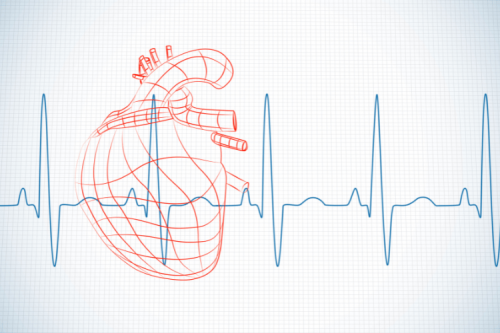
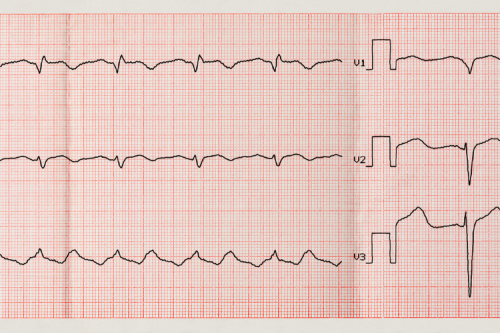

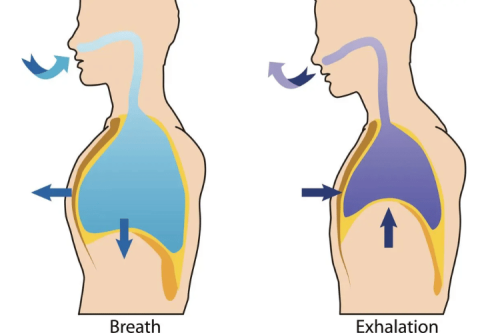
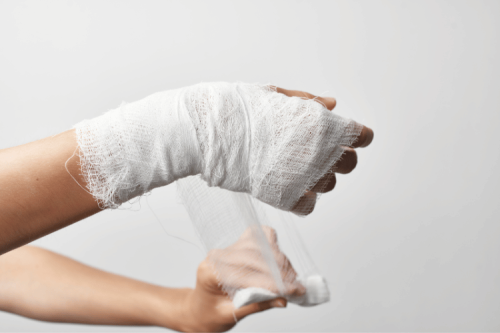
 Login with Google
Login with Google Login with Facebook
Login with Facebook